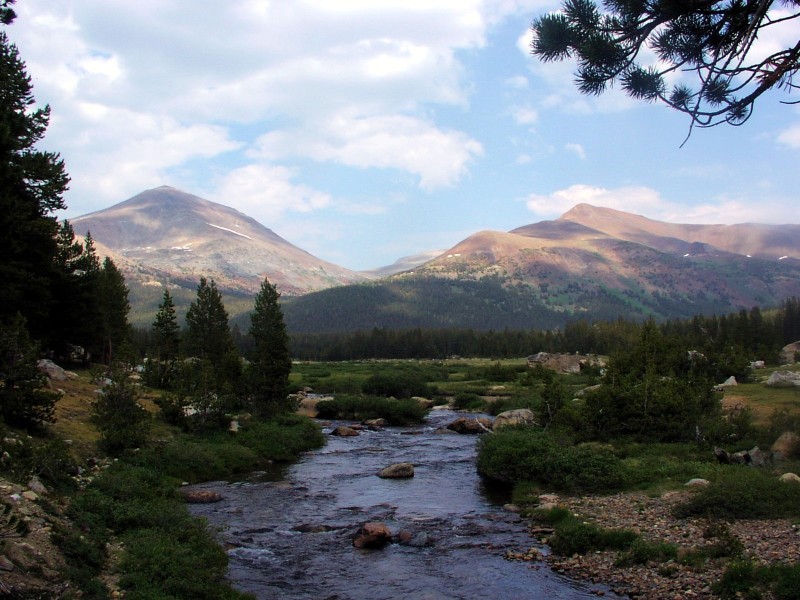
The climber fell from the Higher Cathedral Spire in Yosemite National Park.
A partial shutdown of the government began today, leaving one huge group of people struggling. Travelers.
Most features of traveling will be altered in some way with airports, museums, national parks, and passports being affected. Starting today, people will find many of the entrance gates to parks closed as well as the facilities within them. Those who are already traveling in the parks have been given 48 hours to exit. Not only will travelers be distressed, but the business of the national parks and surrounding areas will suffer as well.
“Previous experience tells us that a shutdown unnecessarily disrupts economic activity in communities large and small that depend upon travel spending for employment and tax revenue,” Roger Dow, president and CEO of the U.S. Travel Association, told the International Business Times.
Approximately 287 million people visited the 401 national park units in the United States last year.
“The closure of national parks and federal historic sites to millions of travelers—coupled with the general perception of an uncertain travel process—would do serious and immediate harm to the economy,” Dow said. “While we recognize that basic travel functions will continue, we are concerned that federal agencies will quickly be forced to implement shutdown policies that will damage the travel experience and derail long-term, bipartisan investments in our travel infrastructure.”
The last time this happened was in 1995 when there was a 28-day government shutdown.
“Once the shutdowns began, the reaction from people who wanted access to the parks was absolutely incredible,” Bruce Babbitt, who was U.S. Interior Secretary at the time, said in a Monday interview, according to the San Jose Mercury News.
Babbitt recalled the first phone call he received after it was announced that the national parks would be closing down temporarily. He said it was from the governor of Wyoming who demanded Yellowstone National Park remain open, calling it “an outrage.”
Although public opinion placed the blame on President Bill Clinton, it shifted over time to House Speaker Newt Gingrich and the Republicans in Congress who supported the shutdown to help end a budget stalemate. This ended up helping Clinton rebound from low polling numbers and win re-election in 1996.
“The park closures in 1995 made a tangible difference,” Joan Anzelmo, who worked that year as a spokeswoman for Grand Teton National Park, said to the Mercury News. “The visual of park rangers closing down national parks, closing down the Statue of Liberty and the Washington Monument—keeping Americans out of these iconic American sites—those visuals were really a strong factor in people understanding what a government shutdown meant. People got mad.”
There is a total of 23,000 people who are employed by national parks, 20,000 of whom will be furloughed, Stephanie Burkhart, a spokesperson for the National Park Service, said to the Mercury News. She said only those who are regarded as essential law enforcement, maintenance, or fire personnel will be allowed to stay.
“It’s especially hard to turn away families who have planned vacations, and people have nonrefundable plane tickets,” B.J. Griffin, who was Yosemite superintendent in 1995, told the Mercury News. “For some people, this is their once-in-a-lifetime visit. Back in 1995, the anger and the anxiety was properly placed. Visitors knew it was Congress and not our rangers.”
Image from Antandrus on the Wikimedia Commons

 Your Privacy Choices
Your Privacy Choices
 The
The